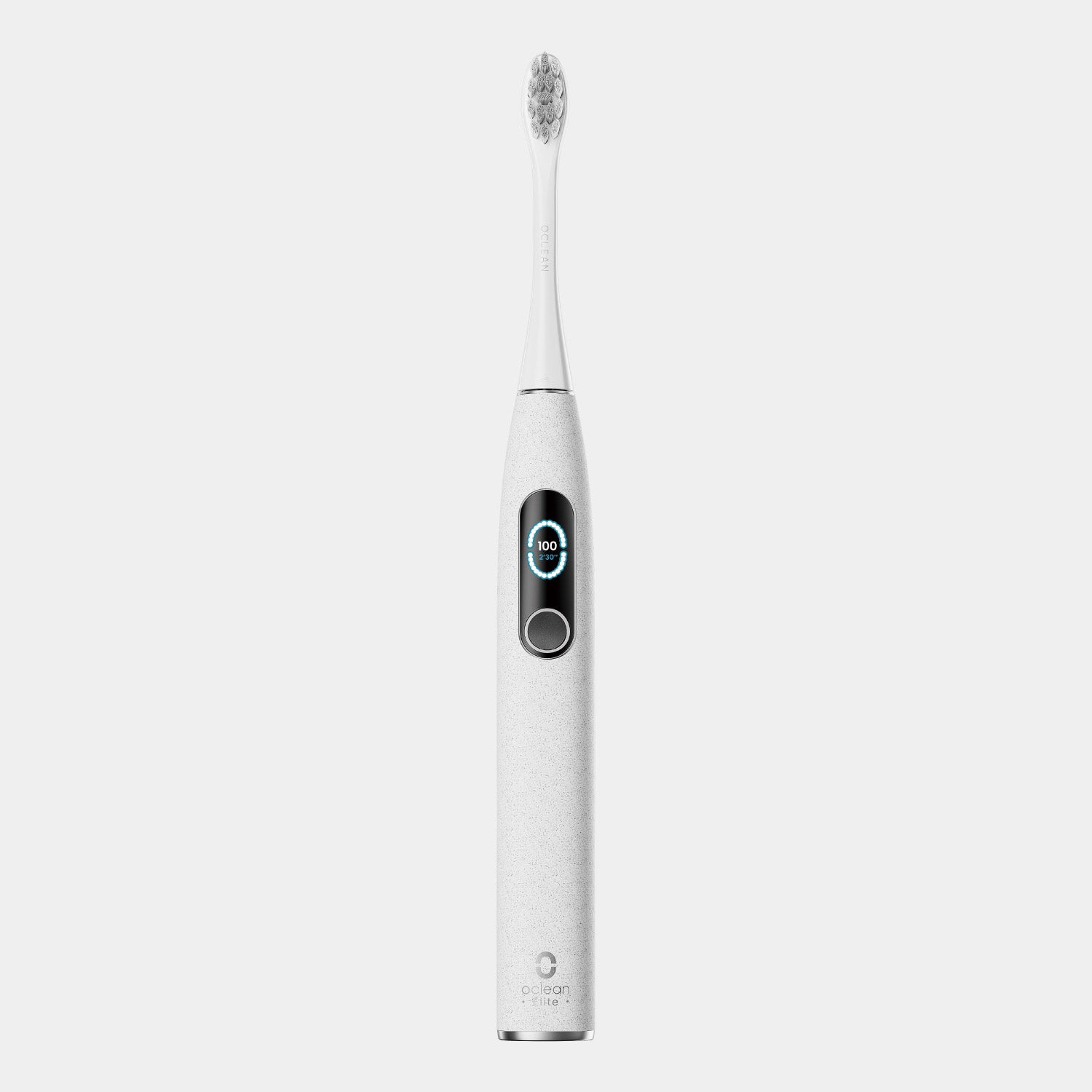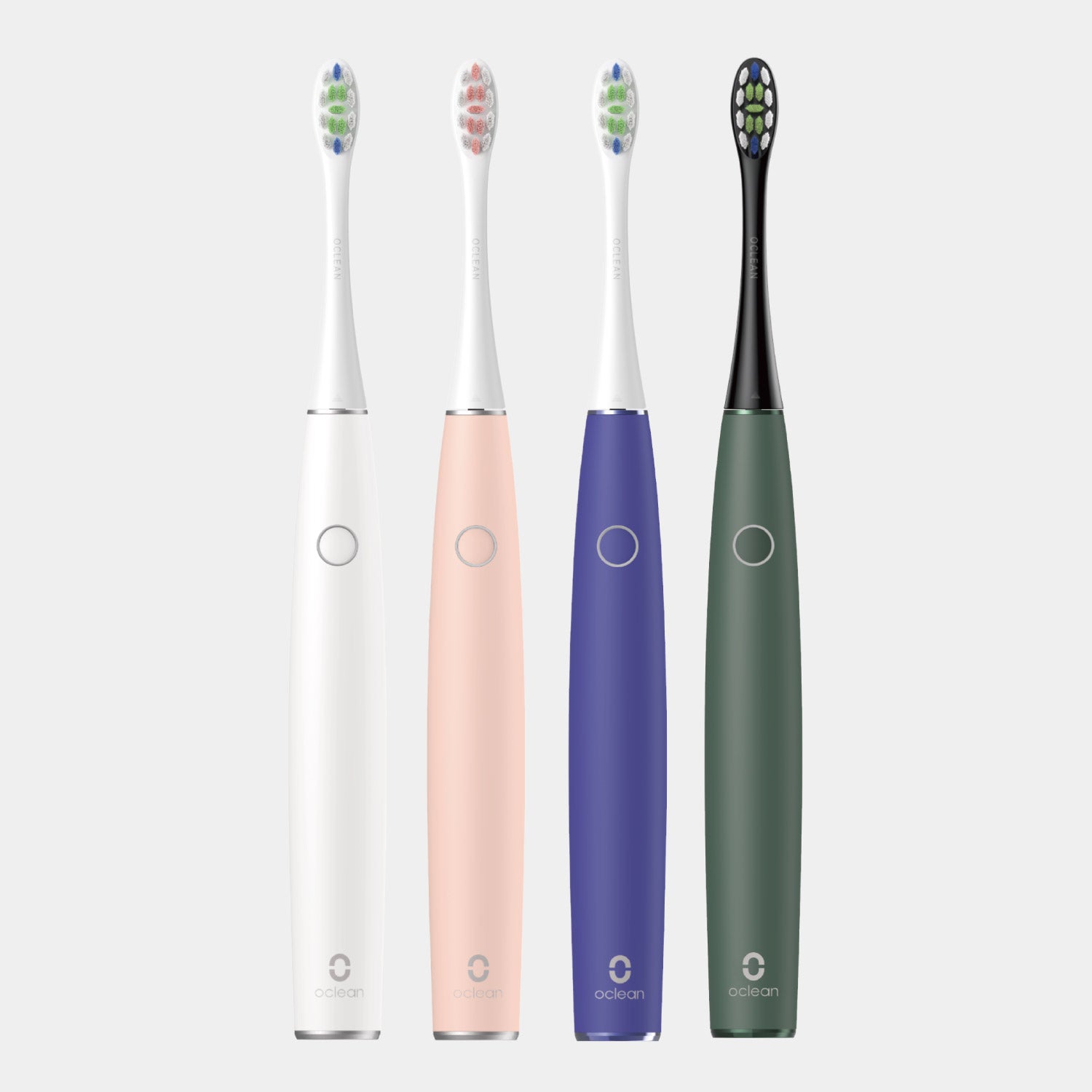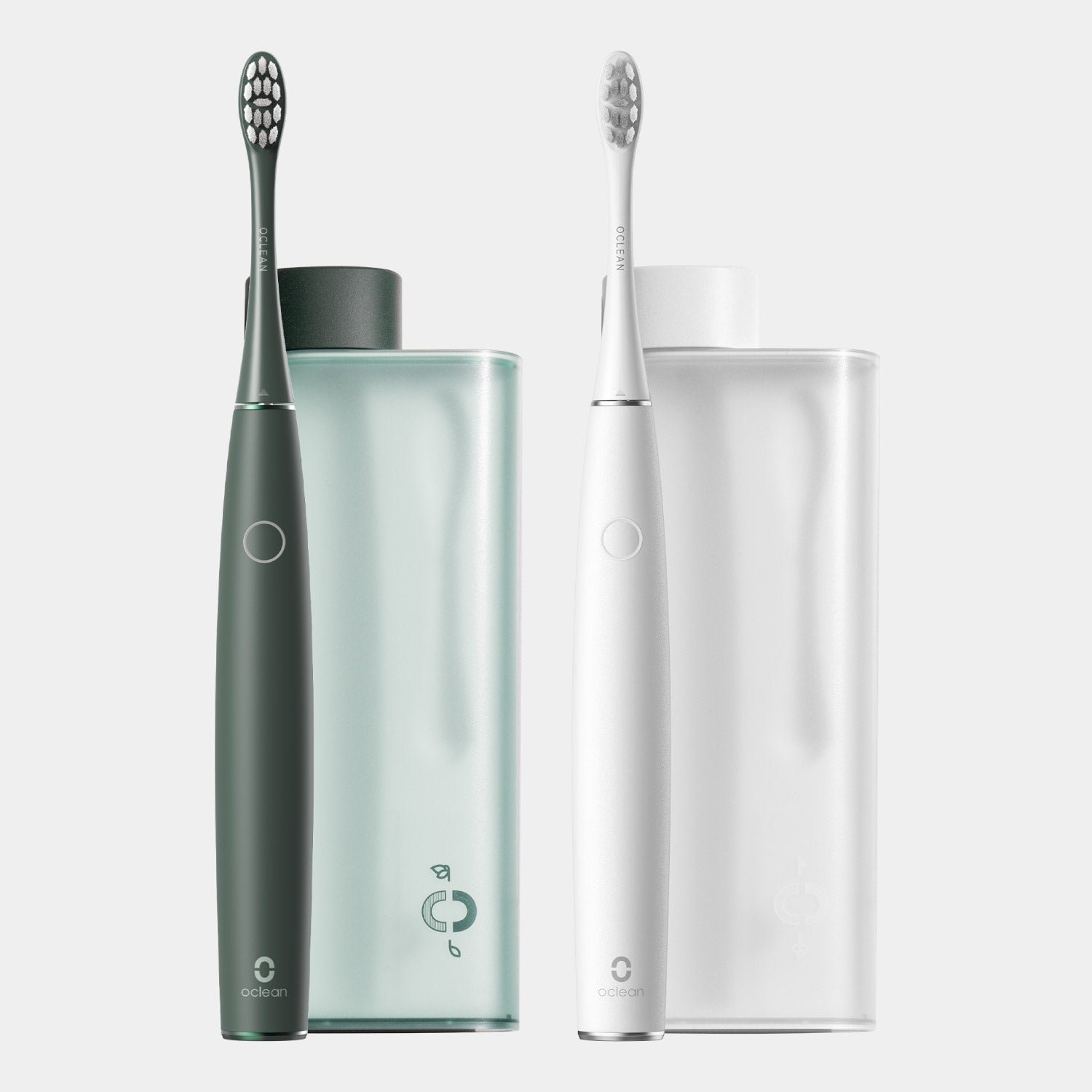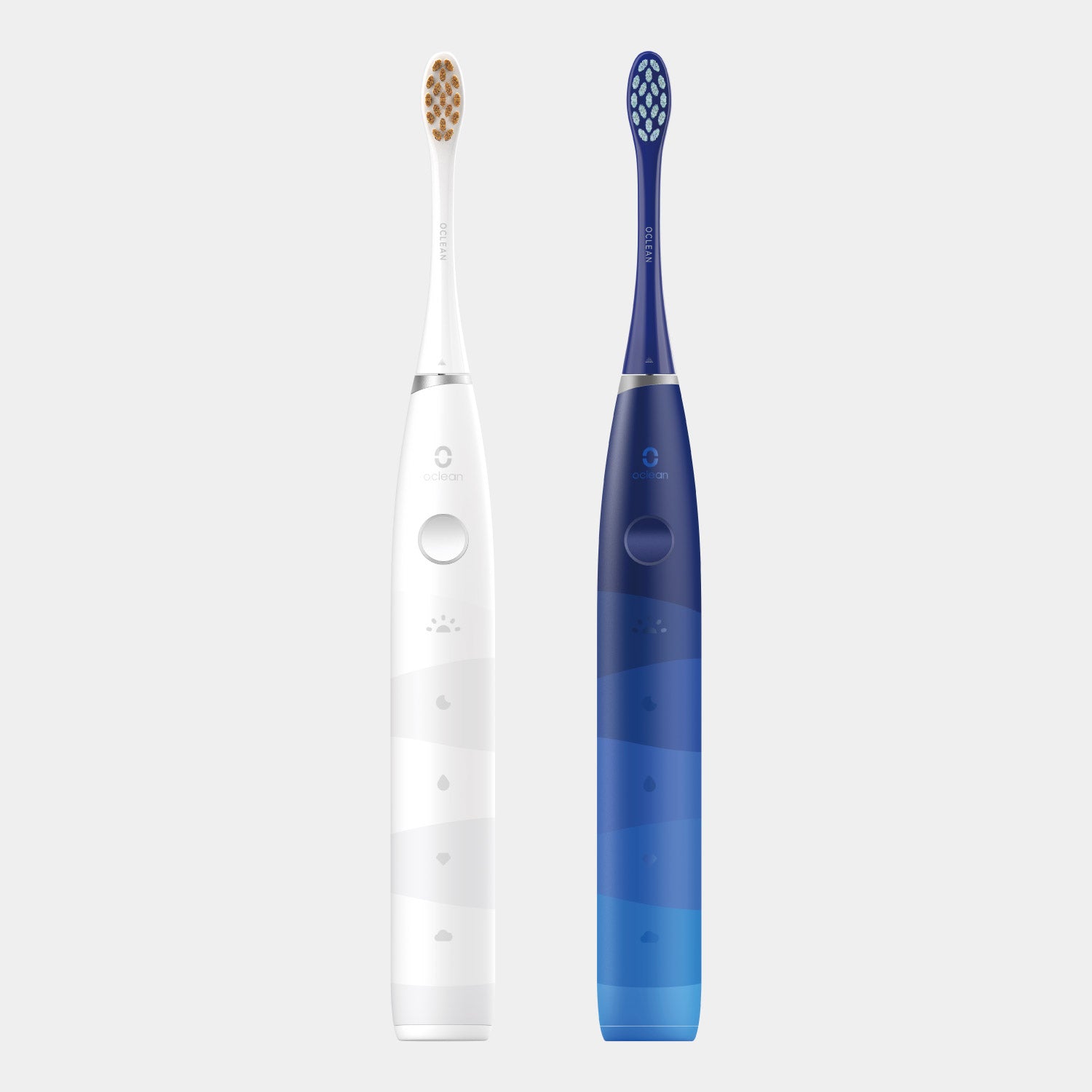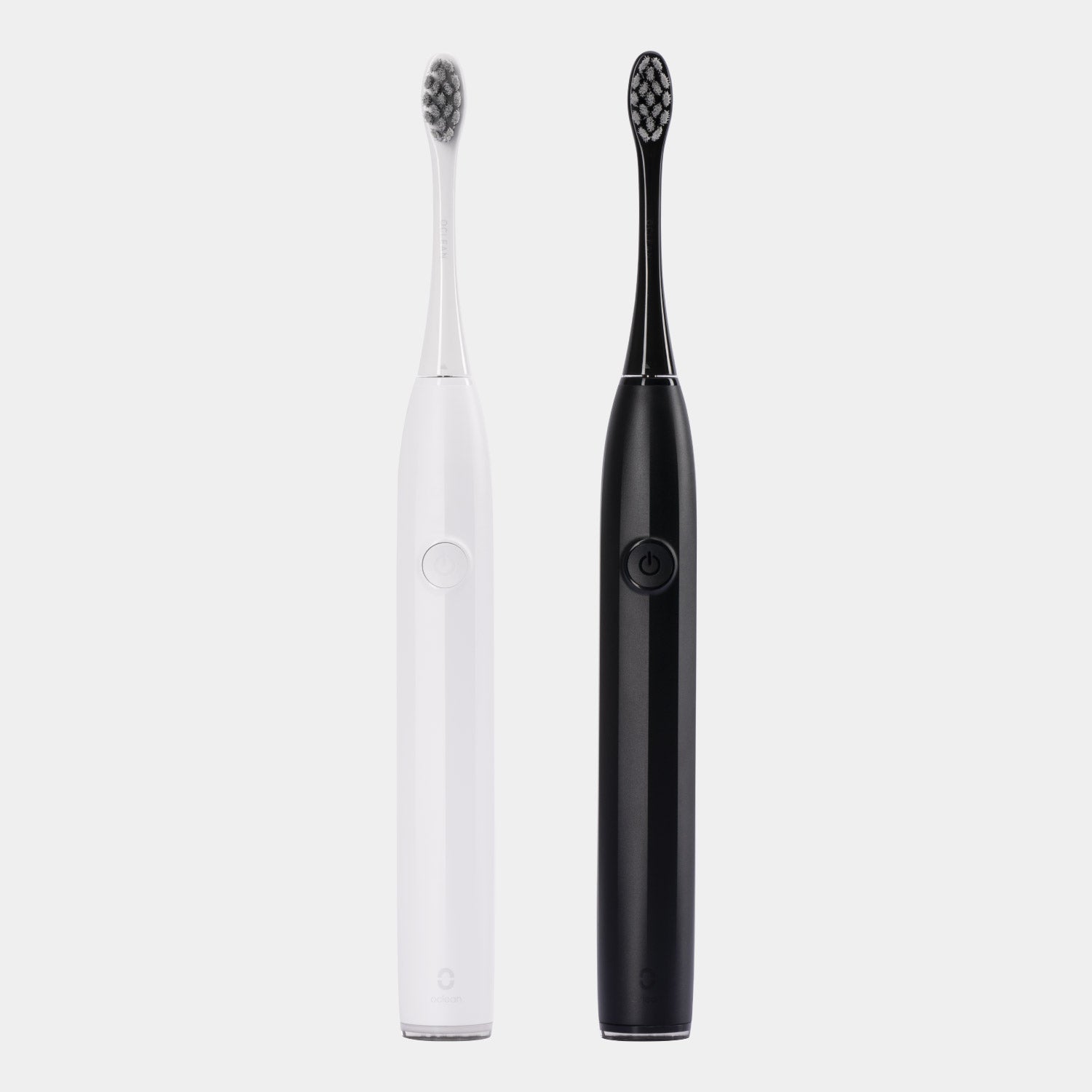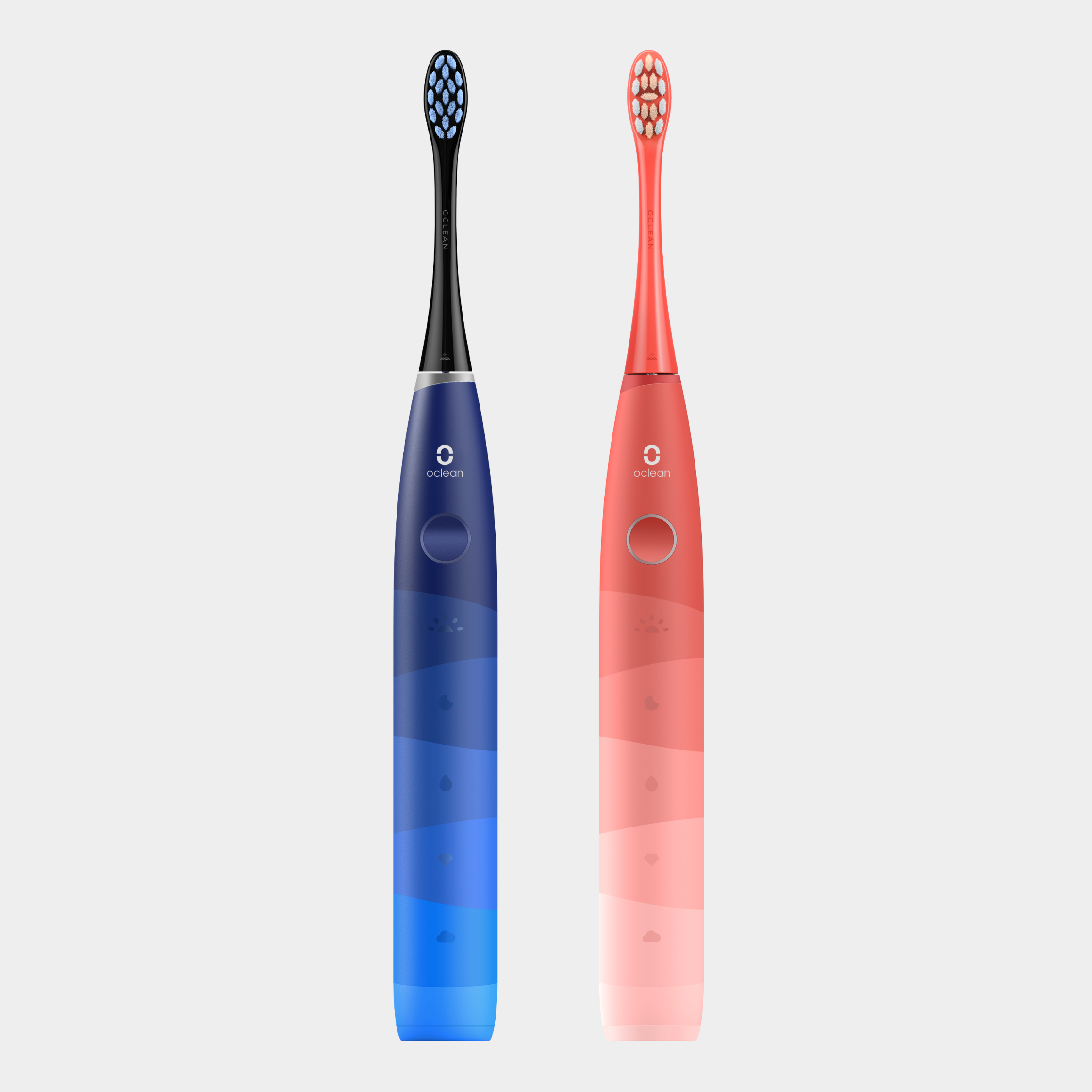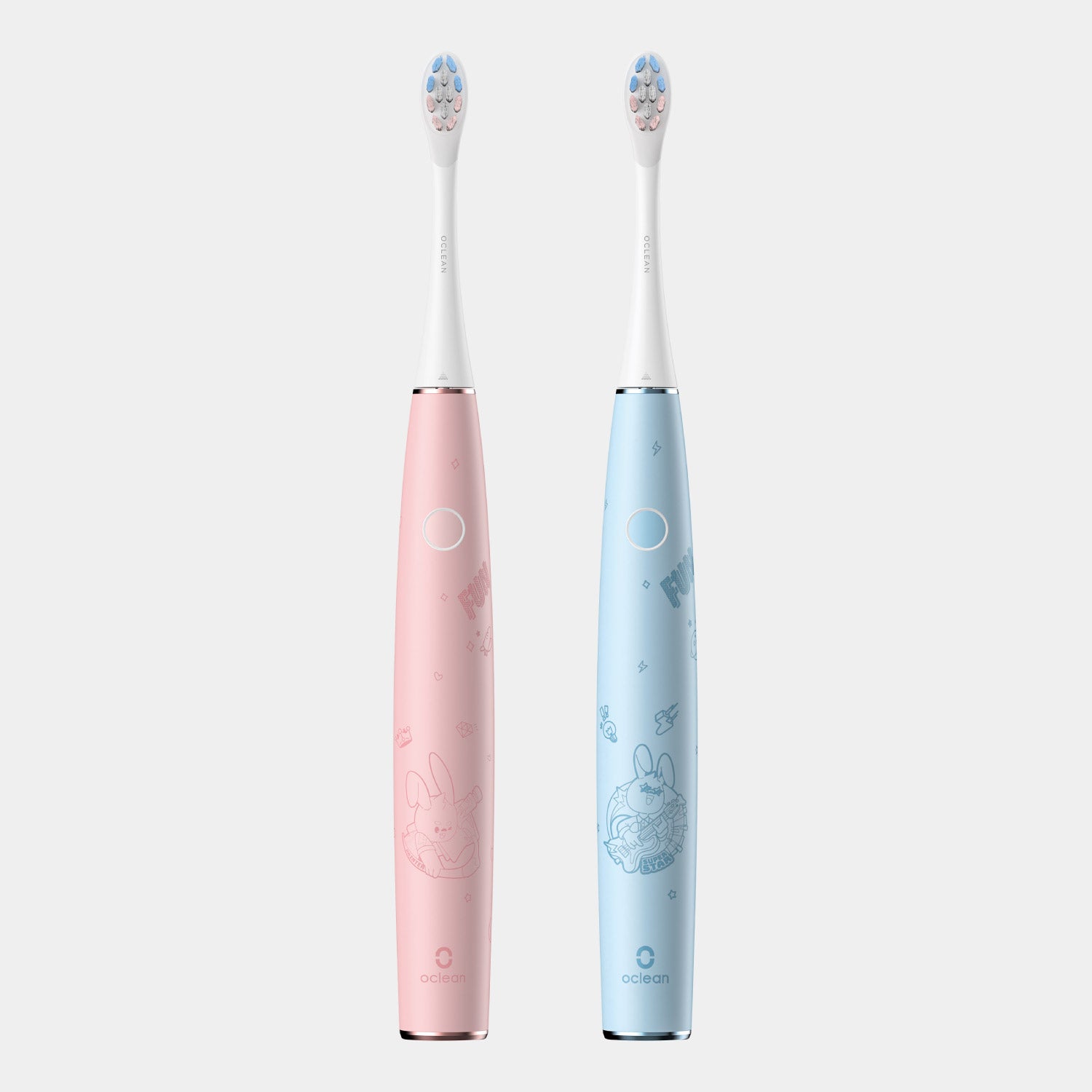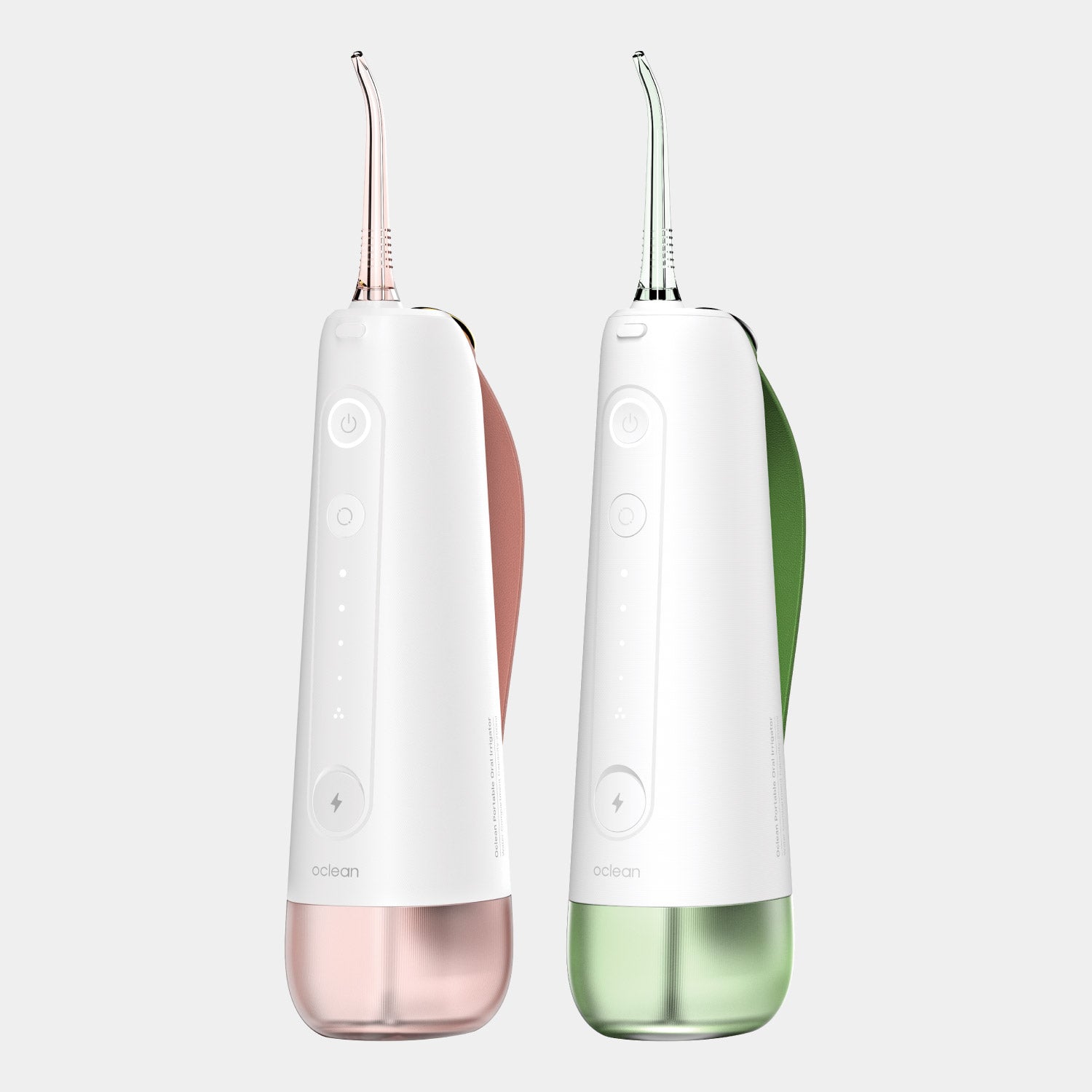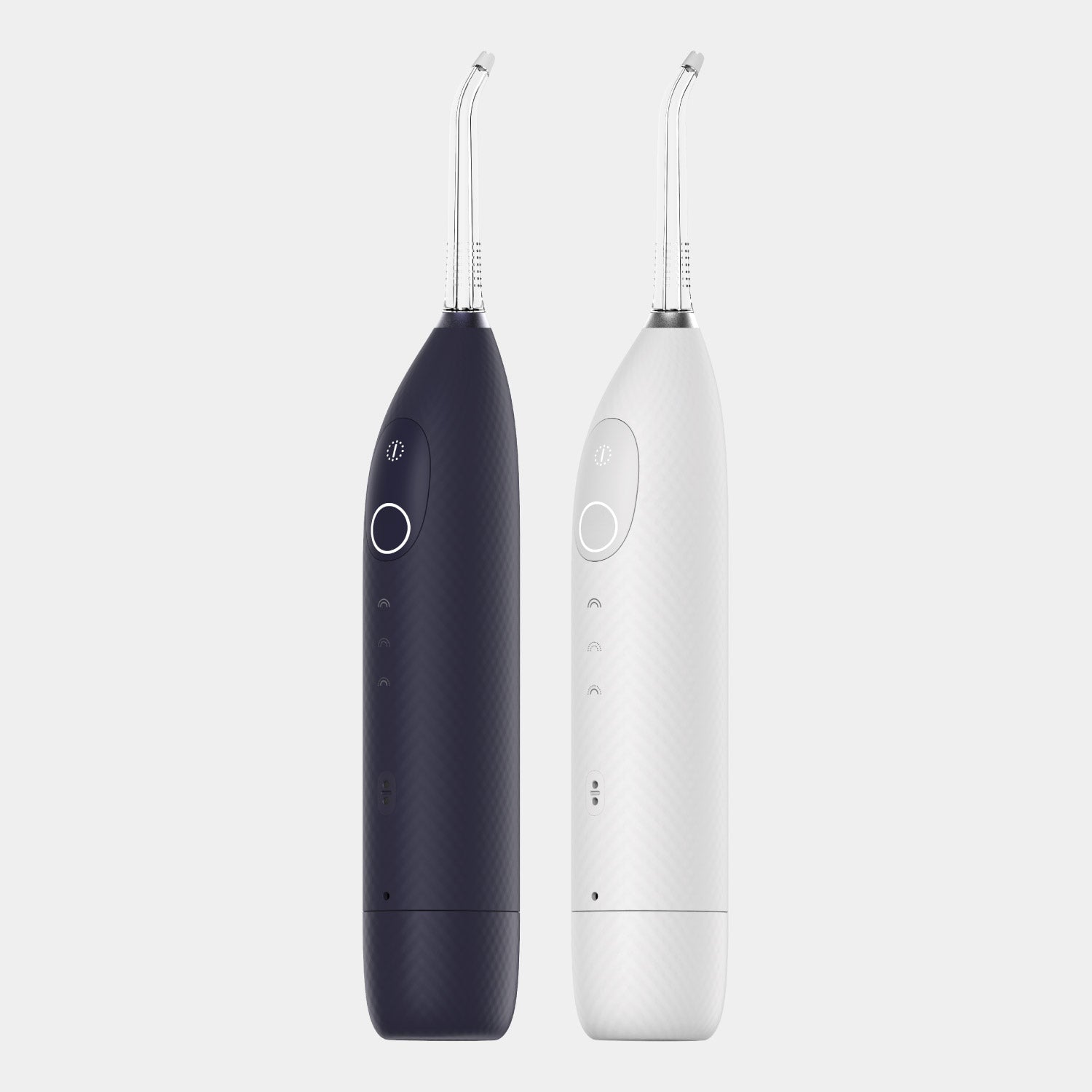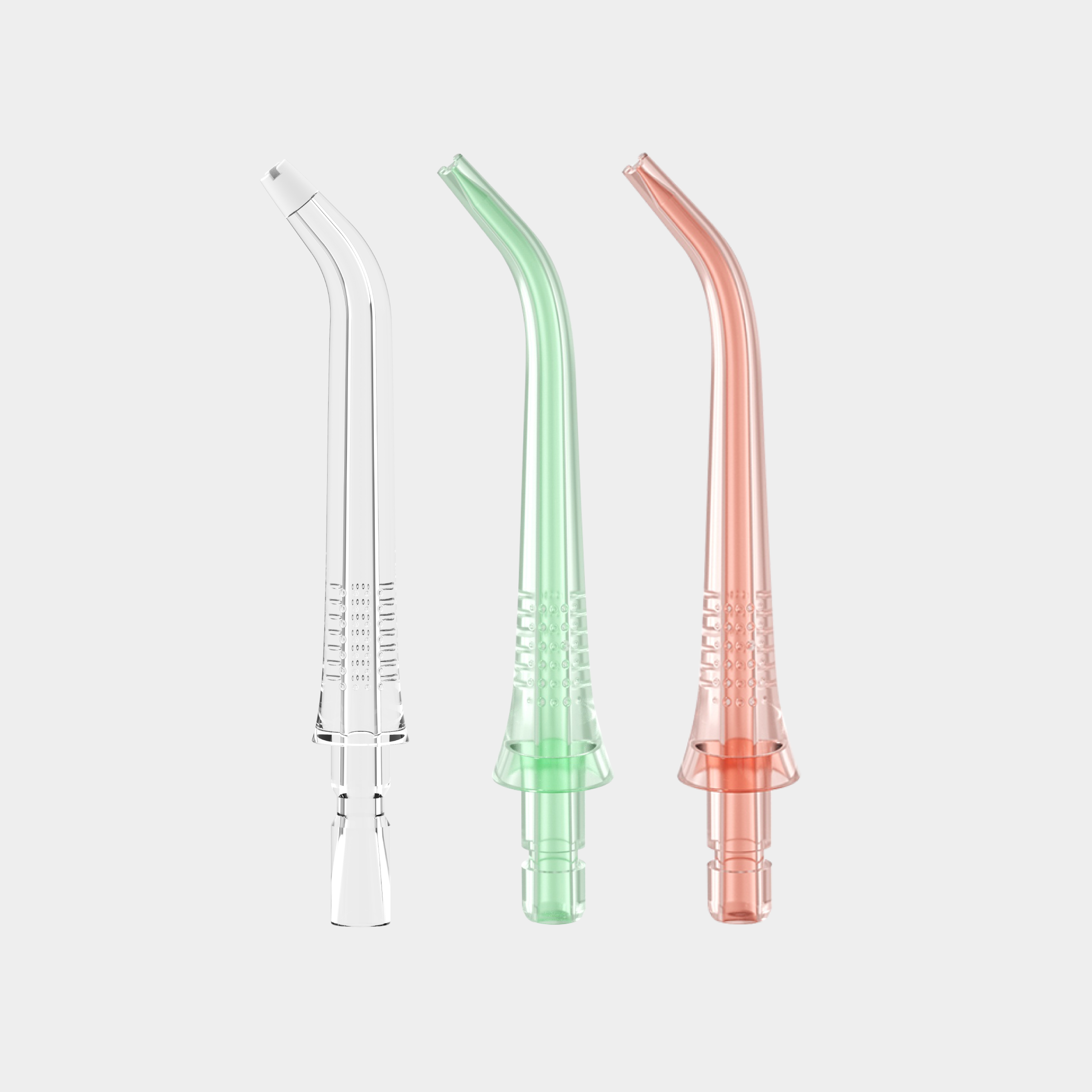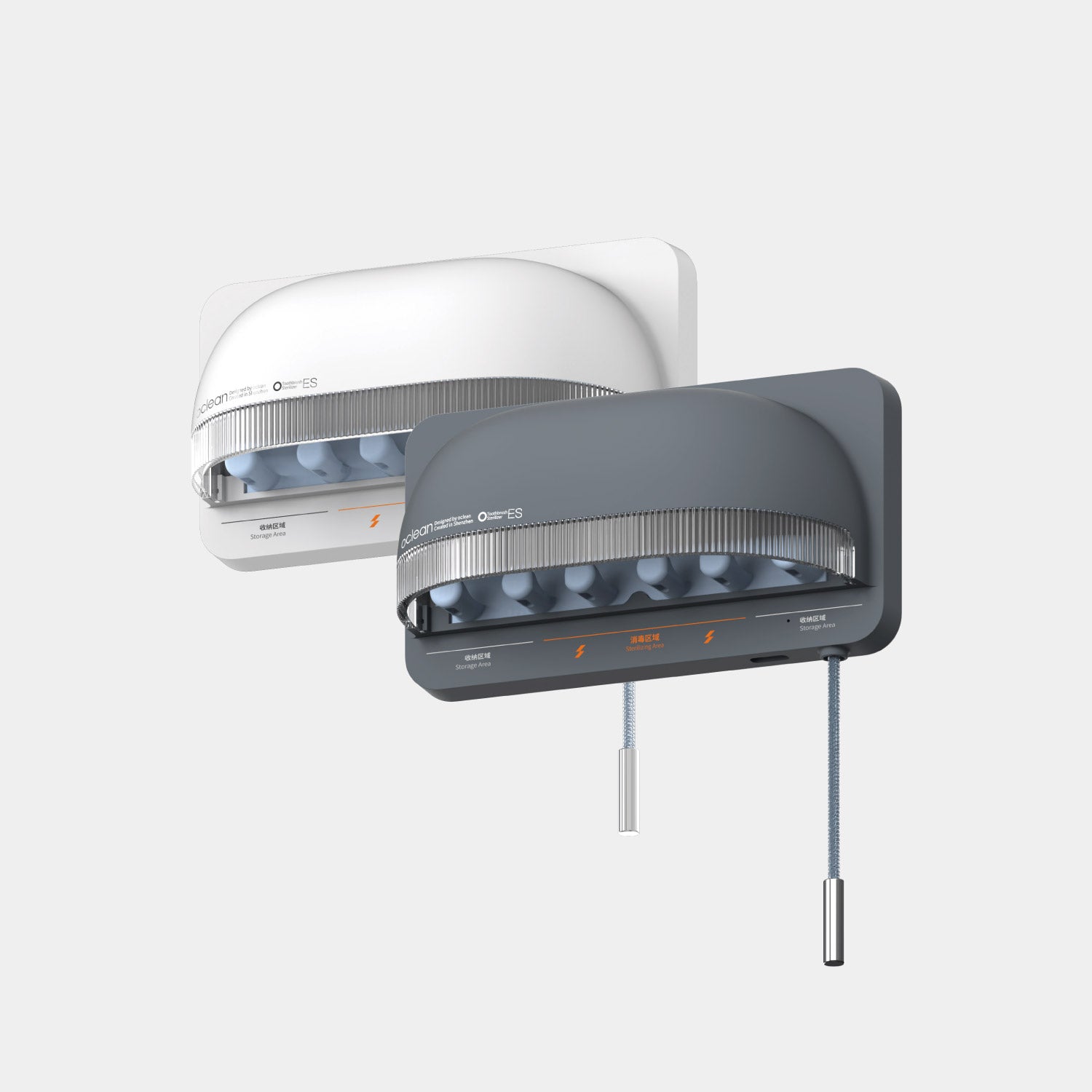Introduction
Tooth extraction is a common dental procedure performed when a tooth cannot be restored. Following this procedure, it's crucial to prioritize dental aftercare to ensure proper healing and prevent infections. This article delves into the recommended waiting time before resuming exercise after tooth extraction and the potential consequences of not adhering to this timeline.

Understanding the Importance of Post-Extraction Care
After tooth extraction, the mouth is left with a medium-sized wound, requiring attention to facilitate healing and prevent complications. While most individuals can return to normal activities shortly after the procedure, engaging in physical exercise too soon can compromise the healing process.
Why Avoid Exercise Immediately After Tooth Extraction
Immediately after extraction, a blood clot forms in the socket, playing a pivotal role in the healing process. Strenuous physical activities, which increase blood pressure and flow, can disrupt this clot, leading to bleeding and potential complications. Waiting for the recommended period allows for the clot to stabilize and reduces the risk of post-extraction issues.
What Factors Affect Recovery Time After Tooth Extraction?
It is different for everyone; the recovery process is not a one-size-fits-all type of situation. There are several factors that influence the time taken to get back into a routine of normal activities such as exercise. This knowledge will help you adapt the whole process and know what to expect.
Type of Tooth Extraction Performed
Recovery time often depends on the type of extraction performed. For simple extractions, where the visible teeth are generally removed, recoveries tend to be faster. In surgical extractions, where the impacted tooth or a wisdom tooth is concerned, the manipulation of more tissues tends to prolong recovery time by at least some weeks. For example, if you have your wisdom tooth removed, chances are that recovery will take a week or more compared to recovery after a simple molar extraction.
Individual Health Factors
Recovery time also has to do with individual health aspects. For example, age is a predominant factor. Compared to older adults, younger persons are said to heal faster because of good tissue regeneration.
Existing health issues like diabetes and autoimmune diseases also cause delays in healing. Smokers are at an increased risk of late recovery and complications like dry sockets.

Oral Hygiene
Oral hygiene is another crucial point. Careful extraction site hygiene helps prevent infections and heals the site faster. Poor oral hygiene around the site allows for bacterial buildup, inflammation, and delayed wound closure. To clean the site without causing irritation, you can simply use the gentle mode of Oclean Sonic Toothbrush.
The recovery differs from one person to another, including the treatment that you have to undergo, your own health considerations, and the care that is given to your mouth in the course of that time. The acceptance of these conditions and adjustment towards them will give you a smooth recovery without any complications.
What Are The Risks of Exercising Too Soon?
Exercising immediately after tooth extraction may seem harmless, especially if you're accustomed to regular physical activity. However, the risks associated with resuming exercise too soon can outweigh the benefits, potentially delaying your recovery and causing unnecessary complications.
Dry Socket
The best healing factor is the clot that forms in the tooth socket. A clot acts like a protective blanket and covers up the bone and nerves that are underneath to provide the base for tissue growth. The clot is very likely to be dislodged because of increased blood pressure and heart rate as it results from strenuous exercises. This may then lead to a dry socket, an extremely painful condition.
A dry socket has a characteristic pain that radiates to the ear and an unpleasant taste or smell from the exposed area. Not only does it delay healing, but it may also require further treatment in the form of medicated dressings to address the pain and help with healing.
Bleeding
Another risk of exercising too early is bleeding. Bleeding can occur even when minor activities are performed within the first 24 to 48 hours after extraction. Severe movement, lifting weights, or going to the gym increases the probability of extended or even excessive bleeding, which complicates the natural healing of a wound.

Increased Swelling
Early exercise can even worsen swelling at the extraction site. Swelling is part of the healing process after tooth extraction, but exercise can heighten inflammation, and this would increase pain and healing time. Swelling can also prevent stitches from being placed correctly, and this would mean higher chances of infection.
Masked Symptoms & Dehydration
Sometimes, early exercise hides the problems. For example, painkillers prescribed after extraction can reduce your pain or discomfort resulting from overexertion. This can lead to further injury, thus prolonging your recovery. Dehydration is also common during workouts and hinders the healing process because it reduces the body's ability to transport nutrients to the affected area.
What Needs to Be Done?
Ignoring these risks can affect not only the integrity of your oral health but also damage your general wellness. The apparently inconsequential overexertion could lead to a longer recovery time or several visits to the dentist in the long run.
Therefore, after tooth extraction, you should prefer healing over fitness. Resting at this point not only prevents complications but also facilitates a gradual resumption of normal activities. The best way to achieve a balance between recovery and long-term health goals is to listen to your dentist's advice and carefully pay attention to the signals of your body.
Recommended Waiting Time
Dentists typically advise waiting 5 - 7 days before resuming exercise post-tooth extraction, although individual cases may vary based on factors such as the number and location of extracted teeth. During the initial days, activities like heavy lifting, swimming, running, and contact sports should be avoided to prevent complications.
When Can You Exercise After Tooth Extraction?
When you know the right time you need to wait after tooth extraction, then you can make the most fitting decision without compromising the recovery process.
In general, the common agreement is 5-7 days, though this can differ with the complexity of the procedure, rate of healing, and the type of activity.

Timeline as Recommended by Your Dentist
Most dentists advise people to avoid strenuous exercises for days right after the extraction of a tooth since these will be the days for clot formation and stabilization over the socket.
Even light physical exertion, such as bending or brisk walking, can cause pressure on the healing site, which can lead to complications such as re-bleeding or dry sockets.
In general, you will be advised to avoid strenuous activity for at least two weeks for bigger extractions, such as the removal of wisdom teeth.
Can I Exercise Immediately After Tooth Extraction?
For the first few days, it is safe to limit your physical activity to the bare minimum. You can start with gentle movements such as walking. Walking can help a person maintain circulation without putting too much demand on the body.
Avoid those activities that can push your heart rate up and restrain from lifting heavy things to avoid hitches in the recovery process. Also, you should stop right away if you notice soreness, swelling, or oozing.
Can I Exercise 3 Days After Tooth Extraction?
By the third day, your healing tissues might be good enough to start with some low-impact activities. This all depends on the extraction complexity and the way the procedure heals. If the extraction was minor, yoga or stretching might be possible, provided you are not doing any kind of inversion or rapid movements that can cause increased blood flow to the head. Just listen to your body.
Can I Exercise 1 Week After an Extraction?
Most people find it possible to resume moderate exercise a week following dental extraction. The blood clot should have formed and stabilized further by then, and the risk of dry sockets would have been dramatically reduced.
Gradually, jogging, cycling, or light weight lifting can be started. Sports and activities that will involve high impacts and considerable body contact should not be done at least until you are given advice by your dentist.
Specific Caution for Strenuous Exercise
Those doing high-intensity training or professional sports may require more time for recovery. Such activities put much more stress on the body and carry higher risks of complications. Talk to your dentist and determine a better timeline for you so that you do not compromise your recovery.
Listen to Your Body
Every person heals differently; it is age-dependent, their general health status, and even the complexity of the procedure they undertake. All these factors help set a boundary on when to expect to start exercising again. Be guided by your body. Inflammation, bleeding or nagging soreness means you need a bit more time.
Finding a Healthy Balance Between Recovery and Fitness Goals
It is normal to want to get back into your routine, especially if fitness plays a huge part in your life. However, during this critical healing period, it is necessary to pay more attention to your oral health. The best way to ensure a smooth transition back to your fitness regimen is through a measured approach, gradually reintroducing exercise while observing your body's responses.
Healing of extracted teeth calls for patience. When you give your body the time it needs to heal, you are not only helping your oral health but also giving a boost to your overall health. Doing this will help you come back into your regular routine with the highest levels of energy in your body.

Physical Activity During Healing Time
While recovering from having your teeth extracted, a person should be very careful with physical activities. The type and intensity of the exercises can impact the healing process significantly. The balance between maintaining movement and protecting oral health is what makes it a smooth recovery.
Safe Activities During Recovery
The first day or two after tooth extraction should be spent resting and allowing the body to heal itself. Most simple activities, like short walks, are fine to do and help with circulation without overstressing the body. In addition to preventing extensive periods of inactivity, walking provides generally healthy benefits that will improve the healing process.
As you progress in your phase of recovery, mild stretching can be added to your list of activities. This will help keep your muscles flexible without bringing your heart rate up significantly. Yoga poses that are done with your head slightly elevated should also be part of the mild exercise repertoire. Avoid inversions and activities that will pump blood to your head.
High-Risk Activities to Avoid
Some exercises are highly dangerous during the healing stage and should not be indulged in without being cleared by your dentist. They include weightlifting, running, swimming, and all other vigorous exercises. Such activities may heighten your blood pressure, interfere with the clotting of your blood, and cause further complications like dry sockets or too much bleeding. Contact sports are the most dangerous as they have a chance of accidental impacts close to the extraction site.
Other risks are unique to swimming, for instance, as it exposes the extraction site to the risk of acquiring waterborne bacteria. Even activities that appear to be low risks, such as cycling and dancing, become problematic if they involve jerky movement or require long exertion.
Gradual Return to Fitness
Once you have passed the critical initial recovery phase, which for most people takes 5-7 days, you can begin to introduce moderate exercises. Start with low-impact activities and gradually increase the intensity of exercise as your body allows. Always pay close attention to any signs of discomfort, swelling, or bleeding and adjust your routine.
Patience is essential in this stage of recovery. There might be an overwhelming desire to jump into the routine, but this should be approached very slowly and gradually, taking good care that all healing can take place appropriately.
Considerations for Pain Medication
Patients still on pain medication should exercise caution with physical activities, as painkillers can mask potential injuries. Excessive physical exertion during this period may lead to inadvertent harm, emphasizing the importance of a gradual return to exercise.

Special Cases and Extended Waiting Periods
In cases involving extensive tissue manipulation, such as those with tumors, patients may need to wait a month before engaging in physical activities. This ensures proper healing and minimizes the risk of complications.
Consequences of Exercising Too Soon
Exercising prematurely after tooth extraction can result in bleeding and a common complication known as dry socket. This condition occurs when the blood clot dislodges, leaving the socket exposed, causing intense pain and prolonging the healing time.
Signs to Watch For
Patients should pay attention to signs such as swelling, bleeding, pain, fever, or loose stitches after exercising. If these symptoms arise, it may indicate a need to wait a few more days before resuming physical activities. Consulting with a dentist is recommended for a thorough examination and appropriate treatment.
Enhancing Recovery and Preventing Complications:
While the healing process varies among individuals, maintaining proper oral hygiene can aid recovery. Avoiding small foods that may get stuck in the socket, refraining from smoking, and using a sonic toothbrush, such as the Oclean Air 2, with a gentle mode for careful brushing near the extraction site, contribute to a smoother recovery.
Recovery after tooth extraction may seem to be a long time, but there are several optimization techniques that can help speed up recovery. Proper nutrition, oral hygiene, and rest create an environment that allows healing and decreases the chance of complications.
Nutrition and Oral Health
Foods you will take are also going to greatly contribute to your recovery. For the first days after the extraction, it is recommended to take soft, nutrient-rich foods that are easy to chew. Some of these include yoghurt, mashed potatoes, soups, and smoothies that provide you with all the vitamins and minerals without putting a strain on the extraction site. Protein-rich foods such as eggs and lean fish help in promoting tissue repair and healing.
Hard, crunchy, and sticky foods will irritate the blood clot in your socket, and more so, they can even find their way into your socket. It is also bad to have spicy or acidic foods since these can be quite irritating to sensitive tissues of an extraction area.
Proper hydration plays a big role as well. This is because hydration helps clean out toxins in the body but also keeps tissues hydrated. Be careful not to use a straw because this creates suction, and suction may break up the clot, leading to a dry socket.
Oral Hygiene
Oral hygiene must be maintained at all costs while recovering, but it must be gentle. Avoid brushing the area of the extraction for the first 24 hours, as the blood clotting process can be easily disturbed. Use a soft-bristled or sonic toothbrush, such as the Oclean Air 2, in gentle mode to brush the teeth next to the area of extraction so as not to irritate.

The other benefit of warm salt water rinse is the reduction of swelling. In this phase, it is often recommended to avoid the use of alcohol-based mouthwash at all times. This will further dry and irritate the healing tissue. Careful oral hygiene maintains bacteria at a significantly low level and allows the formation of good new tissue.
Rest and Recovery Tips
Rest is the most easily forsaken but essential part of the recovery. Rest will instruct your body to focus its energy on healing. Sleep with your head propped up by having an additional pillow in place of minimizing swelling as well as enhancing the flow of blood. Refrain from using any substance like cigarette smoking or alcohol as they will hinder the healing process and expose the patient to more complications.
Engage in some relaxing activities, such as deep breathing or meditation, that will help your body recover back to its natural state in no time. More importantly, your body's immunity is affected by stress. Therefore, engaging in stress-relieving activities boosts your immunity, which ultimately supports the overall healing process.
Design an Amiable Environment for Recovery.
Recovery is not only about abstaining from engaging in any risk-increasing behaviour; it's the environment where your body will heal. Good nutrition, good oral hygiene, and enough rest will heighten the chances of recovery and allow you to return to normal activities sooner.
During this sensitive time, if you listen to your body and make the right decisions, you are sure of easy recovery and oral health.
Consult with Your Dentist
While general guidelines provide valuable directions, every person heals differently. Therefore, consultation with your dentist is sure to yield personalized advice for your given situation, helping you avoid complications and maximize the rate of recovery.
Your dentist can help determine when it's safe to resume physical activity based on your recovery progress. They will assess factors such as the stability of the blood clot, the absence of swelling, and whether the extraction site shows signs of proper healing.
If you're free from pain, bleeding, or discomfort, it's likely safe to begin light exercises. However, more intense activities should only be resumed when your dentist confirms it's appropriate.
Some symptoms have to be referred to your dentist right away since it may signify a complication. Pain that lingers long after medication is prescribed, swelling that even worsens after days following the extraction of a tooth, or bleeding which lasts for more than a week means something's wrong. Fever, chills, or a bad taste or smell coming from the extraction site indicates infection or dry socket and are, therefore, warning signs.
If you've resumed physical activity and notice any setbacks, such as increased pain or swelling, it's crucial to pause your routine and consult your dentist. They can provide guidance on whether additional rest or treatment is necessary.
The Value of Personalized Care
Your dentist is the best guide in the recovery process. They can attend to your specific concerns, observe your progress, and tell you how to reintroduce yourself to your normal activities. Keeping your dentist abreast of what's happening in your mouth ensures that your recovery goes as smoothly as possible without complications.

Frequently Asked Questions (FAQs)
There is even a set of questions related to the recovery process after tooth extraction of what can be done and what might jeopardize the whole process. Many answers may bring clarity and confidence to the process of recovery.
Can I Swim After Tooth Extraction?
Do not swim in the initial healing phase. Actually, it is wise to steer clear of chlorinated pools or fresh bodies of water as much as possible. Bacteria can trigger an infection, and chlorine can irritate your extraction site. You can resume swimming only when your doctor advises you to do so after looking at your healing site and your general health.
Is it safe to continue practising yoga during the recovery period?
Milder yoga poses in which inversion or pressure to the head is not applied can normally be done just after the first few days. Other ones like restorative yoga, focusing more on rest and less activity, can also be done without increasing the flow towards the head. Downward dog poses must totally be avoided during the healing time because they can possibly put pressure on the extraction site.
Can I do light weightlifting?
Even light weight lifting can increase blood pressure, which may influence the healing process. Lifting light weights might not seem like an issue, but it is suggested to wait at least a week before doing such activities, depending on your recovery progress and your dentist's advice.
Is Cardio Exercise Safe?
Generally, a walk is a low-impact cardio activity that may be safely resumed several days after extraction. On the other hand, high-intensity cardio activities such as running and cycling are generally not recommended until the danger phase is over. That is why short periods with low intensity workout are recommendable in order to gradually resume cardio.
Conclusion
In conclusion, patience is key when it comes to resuming exercise after tooth extraction. Waiting the recommended 5 - 7 days helps protect the blood clot, reducing the risk of complications like bleeding and dry socket. While there's no shortcut to faster healing, individuals can contribute to a smoother recovery through diligent oral care and avoiding detrimental habits during the recovery period.
Patience, good oral care, and thoughtful adjustment to routine are needed in order to recover after extraction. Although exercise is quite an important part of keeping healthy, exercising has to first take the back seat until your recovery is back on track. A premature return to exercising could risk complications like bleeding, swelling, or worse, the dreaded dry socket, which may delay your return to normalcy.
The general rule of thumb is to wait 5 to 7 days before doing moderate activities so the blood clot has a chance to stabilize and heal well around the extraction site. Still, since people heal differently, talking to your dentist is always your best bet when it comes to deciding what's good or bad. Pay attention to warning signs and take small steps toward fitness - the best way to achieve this balance.



